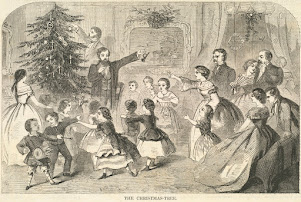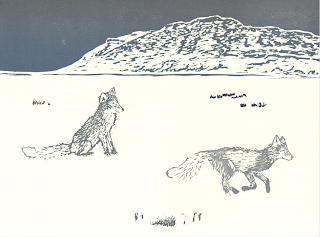This post is about writing process - and lack of writing process. For the past several years I’ve had two novels “in progress,” except that they are really getting no progress at all. It’s not that I’m not excited about them, and it’s not that I don’t have any ideas for them… It’s just that every time I sit down to write it seemed like nothing was going anywhere. This has been deeply, painfully, infuriatingly frustrating. But I was still doing plenty of block prints, thank goodness, and that got me off on the tangent of writing On the Virtues of Beasts of the Realms of Imagination, which is not a novel but a whole collection of individual pieces for individual beasts. That came out two years ago, and not long after it was finished covid struck, and I felt like that should have been perfect for writing… Plenty of time at home, all my outside activities cancelled, just peace and quiet at my desk… But I still couldn’t seem to focus on those novels. And then this summer I finally made a breakthrough: short stories. Taking a small idea and writing a bite-sized story about it is actually manageable, and since the summer I’ve written seven new short stories, and it feels SO GOOD to be writing!
I’ve been a bit rusty at figuring out how much plot a short story needs, and how to dive in with the right level of detail, since I’d been writing long form for so many years, but I think I’m finding my way back into the hang of it. Now that I’m focussing on these short stories, I’ve found my creativity popping, and when I sit down to write I can actually get stuff down and feel like it’s going somewhere, and I can actually finish these small projects. So I’ve diagnosed my issue as stress, which may be glaringly obvious, but I hadn’t given it credit for just how badly it was interfering with my ability to persevere on large projects. Covid sure as heck didn’t help, but this started before covid, with the stress of politics, environmental disaster, escalating violence, and all the rest of the panic-inducing news bombarding us. However, these bite-sized projects are something I can handle: a single image, sketched, carved, printed; a single mythical creature, imagined with just a little twist; a single scenario, followed just a little way to see what happens next; a single character with an interesting perspective, given a little push; a single observation, clarified and polished into a poem...
If you’ve been having trouble with writing or creativity, I encourage you to give yourself permission to take smaller bites. Scientific studies demonstrate that stress is actually the enemy of creativity, so if you’re feeling like you’re struggling right now, it’s not your fault. (More here, at the beginning of the summer.) Just take a deep breath, take one little fleeting idea, and try playing with it for a while. Here are the stories I’ve written in the past five months or so
- sci fi about a loner pilot encountering an alien mycorrhizal network
- folktale-fantasy about a trickster
- sci fi mash-up between “Hope is the thing with feathers” and “The Tell-Tale Heart”
- fantasy about a unicorn maiden whose job is to sit in a glade and tame unicorns
- fantasy about Pandora opening the jar, seen from an unusual character’s view
- fantasy about Rumpelstiltskin set in an early-industrial-revolution mill
I’ve been submitting stories to various speculative fiction magazines, and collecting plenty of rejections, and only one acceptance so far: for a very short, humorous, sweet story set in a Lovecraftian town. It's scheduled to be published in February. In the meantime, I’ve got three more short stories with a few paragraphs jotted down, and several poems I’ve been working on. I’ve got one block about half-way carved and another sketch ready to transfer to rubber. (I’m saving these to work on during upcoming art shows.) And I’m just enormously grateful to be working and finding satisfaction in actually being able to create things. More than ever I’ve been trying to incorporate messages of joy and hope into my work, because clearly we all need as much of this as possible these days. I know I do!
[Picture: Beyond the Thorns, rubber block print (two blocks) by AEGN, 2017 (sold out).]











































